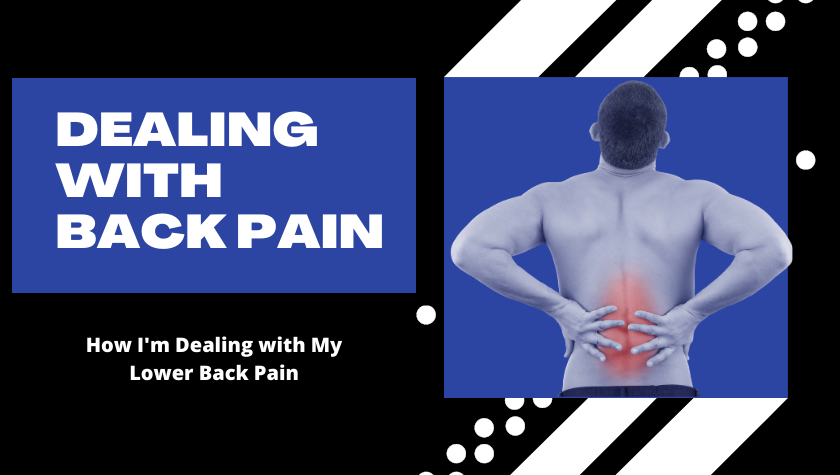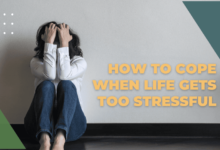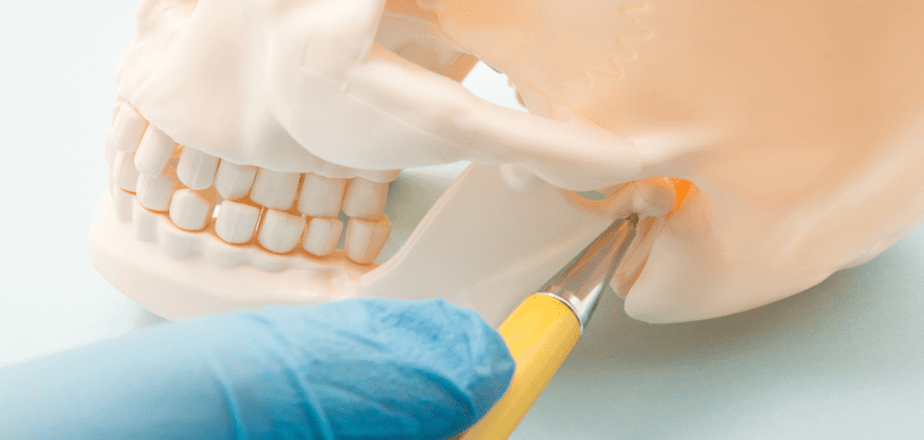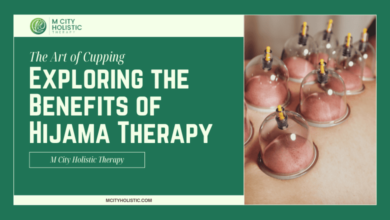Dealing with Back Pain

Everyone these days is plagued by the backaches. People of all ages, men and women, unanimously have complain of back aches that are a nightmare to treat.
In some cases, the back is a result of lifting the something heavy that causes the back to give out. In other cases, no such strenuous activity is done and yet the back ache becomes the all-consuming force in the person’s life.
While some back aches are completely debilitating and require an urgent visit to the top neurosurgeon in Islamabad, many can be managed at home. However, it is pertinent to start any disease management early; a timely back ache intervention can prevent the pain from becoming chronic. It also helps to lower the chances of reliance on medicines and surgery as well.
Painkillers
The most convenient and easy way for the temporary relief from the pain is by using pain killers. If the back ache is muscular, the muscle relaxants can work well too. A lot of the people feel better by using the over-the-counter non-steroidal ant-inflammatory drugs (NSAIDs) like ibuprofen etc.
However, NSAIDS are not compatible with everyone’s health. Those who are to lay off it can instead opt for codeine. Paracetamol alone would not do; take it with something like codeine to pack a punch!
Over-the-counter painkillers are often effective enough for treating back pain, but it is important that you don’t wait until your pain is completely out of control before taking them. Take over-the-counter painkillers at the full recommended dose and every four to six hours for the most effective relief. It is usually sufficient to take painkillers for a few days, but some people might need to take them for longer and in stronger doses.
And yet if the pain does not subside, you need to visit the doctor, but do not overdo the painkillers. Popping them like candy will cause your stomach lining to suffer, a lot.
Use heat and cold
Hot and cold packs can be used to give relief and relax the muscles in the back, particularly if your back pain has been caused by injury. Immediately after sustaining an injury, you should treat the area with an ice pack multiple times a day for around 10 minutes at a time. After treating the area with ice for a couple of days, you can switch to heat-based treatments that will warm the area, relax your muscles, and increase blood flow to the site, which will soothe the pain you are in. Taking warm baths can also help to relax muscles and ease the pain.
Bed rest ain’t it!
The logical solution that many conjure up for dealing with back aches is bed rest. But that is rather counter intuitive, according to the latest research. Those people who have short-term back ache and opt for bed rest as treatment suffer from more pain and have a harder time recuperating. Bed rest which lasts longer than a day is the worst treatment for back pain because it causes the muscles to stiffen and weaken. You will also lose physical fitness, making it harder to get going, which will make the pain feel worse.
On the other hand, those patients who remain active recover quicker. While bed rest isn’t the ideal solution for those experiencing back pain, it is important that people get enough sleep each night. Lack of sleep can make the pain worse and can also affect how much pain someone can endure. Adults should aim to get between seven and nine hours of sleep a night, and the alignment of the back while sleeping is vital for ensuring sleep quality and avoiding back pain. It is important that you have a comfortable mattress and supportive pillow to keep the spine’s position straight, which will help prevent pain.
Be adaptable
As mentioned above, it is important to stay active when experiencing back pain. Having said this, it is also crucial that you know your limits so that you don’t prolong the pain you are in and resume normal life as soon as possible. With this in mind, it is vital that you can adapt your lifestyle in a way that allows you to get relief from the pain you are in. One way to do this is by having a flexible routine and schedule when it comes to your career. Working from home will give you more freedom and flexibility when managing your pain from the comfort of your own home, where you have all of the supplies such as ice packs and painkillers readily available to treat the discomfort you are in. If you suffer from chronic back pain, you must discuss your options with your employer and come to an arrangement that works for both parties. For example, if you work in an office, your employer must provide you with a supportive office chair and a desk that is at a suitable height so that you can maintain good posture and avoid putting your back under any unnecessary additional strain.
People who work in certain professions are more likely to have back pain regularly. As touched on above, those who work in offices without the appropriate equipment have an increased risk of injuring their backs as a result of improper facilities provided by employers. Those in jobs that require workers to be on their feet for long periods of time are also at risk of developing back pain.
People who work in retail and in healthcare are likely to deal with back pain frequently. The repetitive tasks of heavy lifting, working bent over, and pushing and pulling patients means that nurses often experience back pain. Nurses can adapt their lifestyle to minimize pain by focusing on their posture, asking for assistance when transferring patients, sleeping on a firm mattress, and wearing comfy shoes. Some nurses suffering from regular back pain might consider taking a career break, altering their working hours, or undergoing further education or training that they can balance with their current jobs to give themselves some respite from the physical side of a nursing career. For example, if you are an advanced practice nurse, you could take on a part-time course to become a doctor of philosophy (PhD) in nursing from Wilkes University. This online course is intended to be studied part-time around your current commitments and could be an excellent choice for those nurses with back pain to recharge their batteries.
Posture is key!
Remember how the teachers and parents would hound you for not having a good posture? Well there is a reason why. Our back has to endure excess baggage and strain when it is not in the correct posture.
Even the most mundane tasks like looking at the phone or hunching over the sink can greatly increase the strain on your back. Consequently, back aches become a recurring nightmare.
To get rid of the horrible pain, be sure to curve the spine just enough. Not only will it keep the muscles, but the nerves of the area also will not have to endure the excess baggage.
Exercise
It may seem counter intuitive, but exercise is great for the backache. It helps to loosen up the muscles and helps to strengthen them. Moreover, exercise also helps to release the good hormones, endorphins. They then help to uplift mood and are also a natural painkiller that the body produces.
Exercise is an important factor in maintaining a healthy weight, and being overweight can increase the pressure that is put on your back. This is especially true as people get older, so doing regular gentle exercise can help maintain a healthy weight.
Furthermore, regular also is helpful in preventing future episodes of the relentless backache.
There are plenty of exercises that can be useful in this regard. Yoga, swimming, walk and similar low intensity and impact workouts can be done. However, do not do the strenuous workouts or activities. Take it slow but keep yourself moving!
Stretching
Stretching feels like a balm to the sore when the back is hurting. Not only does it provide the temporary relief from the pain, done consistently, stretching helps to get rid of and prevent the backache.
Moreover, it is a simple activity that does not take any time or preparation. One great way to stretch is by touching your toes. The spine gets elongated and the muscles of the lower back are loosened.
A lot of yoga poses also include stretching. It also helps in de-stressing and thus reduces the tension held in the lower back. Child’s pose, cobra pose, and cow pose are best stretches for the back.
Watch what you wear
Your choice of footwear has a strong connection with you back. Make sure you don’t wear flat shoes or very high heels. The former put extra strain on the feet and the back, whereas the high heels effect the alignment of the spine.
Therefore, keep to the sensible, comfortable low-heeled shoes. Wearing supportive footwear can improve posture, increase your stability, and reduce the risk of back pain. It is important to wear appropriate footwear for the activities you are doing, like supportive, flat shoes or sneakers for walking or running or for periods when you will be on your feet for an extended period of time, for example.
Eat better
If your body is not getting its supply of good nutrients, it will not work well. Back ache can be a symptom of osteoporosis. Thus, it is very vital to eat foods rich in vitamin D and calcium to prevent the depletion of bones.
Dairy items like yogurt, cheese, milk are good sources of calcium. But so are the green leafy vegetables. Vitamin D is found in abundance in sunlight, but can be obtain through dietary sources like cheese, eggs etc.
Avoid stress
It is well known that stress can have a detrimental effect on a person’s health. Stress has a range of physical symptoms, which can include headaches, fast heartbeat, sweating, and digestive issues. On top of this, stress can also spark muscle tension and spasms, which can occur anywhere in the body, including in the back. There are many techniques you can try to reduce the level of stress in your life, which could help to relieve back pain. Practicing mindfulness which centers around being aware of what the body is doing while meditating, is one way you can alleviate pain. Deep breathing also helps to minimize pain because it slows the body’s stress response. While stress isn’t entirely avoidable, avoiding stressful situations and using stress management techniques can help to reduce stress and its physical symptoms.
Spinal injections
Epidural steroid injections or nerve blocks can be used to treat back pain when the location and cause of it are known. The procedure involves having an injection of steroid medicine with a local anesthetic injected into the area that surrounds the spinal cord, which reduces inflammation. When effective, this treatment can relieve pain for up to several months. This can allow a person to be able to go about their daily activities and carry out exercise which can help to strengthen the back and help to prevent future pain when the injections wear off. Injections offer temporary relief and are not considered a long-term solution.
Surgery
If medicines and such therapies fall short of curing the back ache, another treatment option is surgery. However, be sure to contact the top spine and brain surgeon in Karachi only, as the matter is very sensitive. Conditions such as slipped discs which put pressure on nerves, might require surgery of some description to remove part of the disc that is the root of the pain. If an unstable spine is the cause of your pain, surgeons may carry out spinal fusion surgery to help stabilize it. As with all surgeries, spinal operations carry risks and aren’t guaranteed to be successful, so it is important that you discuss the surgery, its risks, and expected recovery time thoroughly with your medical team beforehand. Surgery should be the last option after all of the above treatments have been explored.
ALSO READ: The Best Solution For Tooth Loss: Dental Implants









